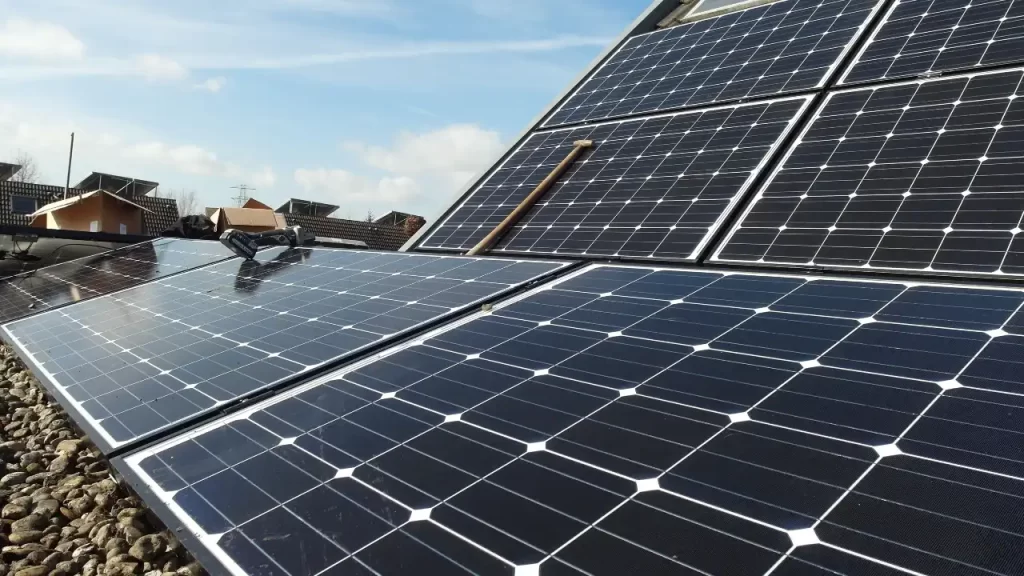
Anurag Paliwal
-
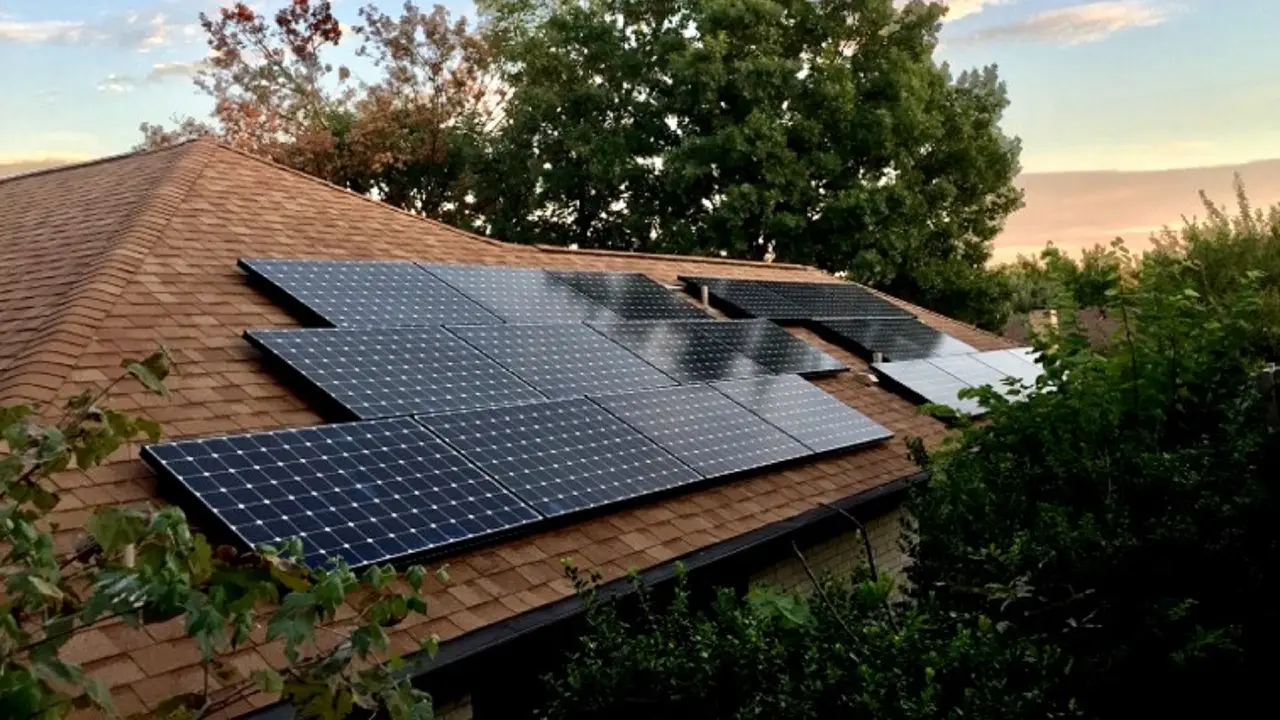
Application of Solar Energy in Daily Life
-
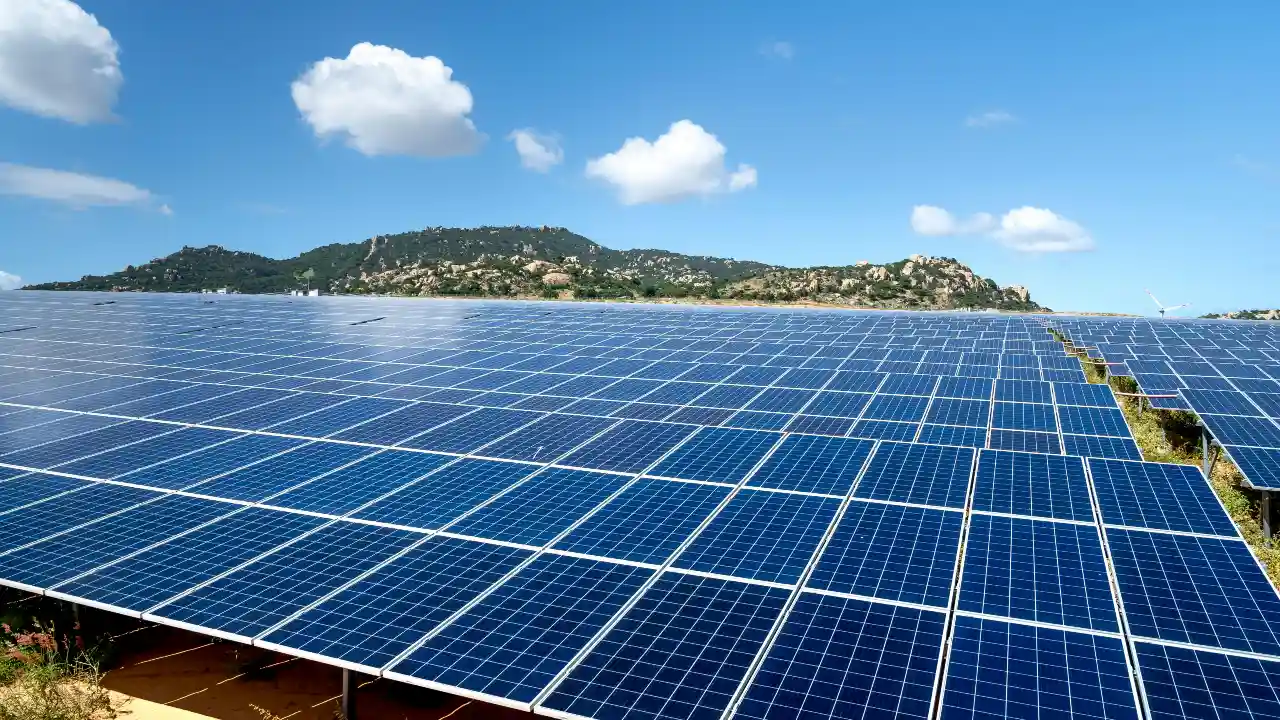
Solar Panel Scheme in Rajasthan
-
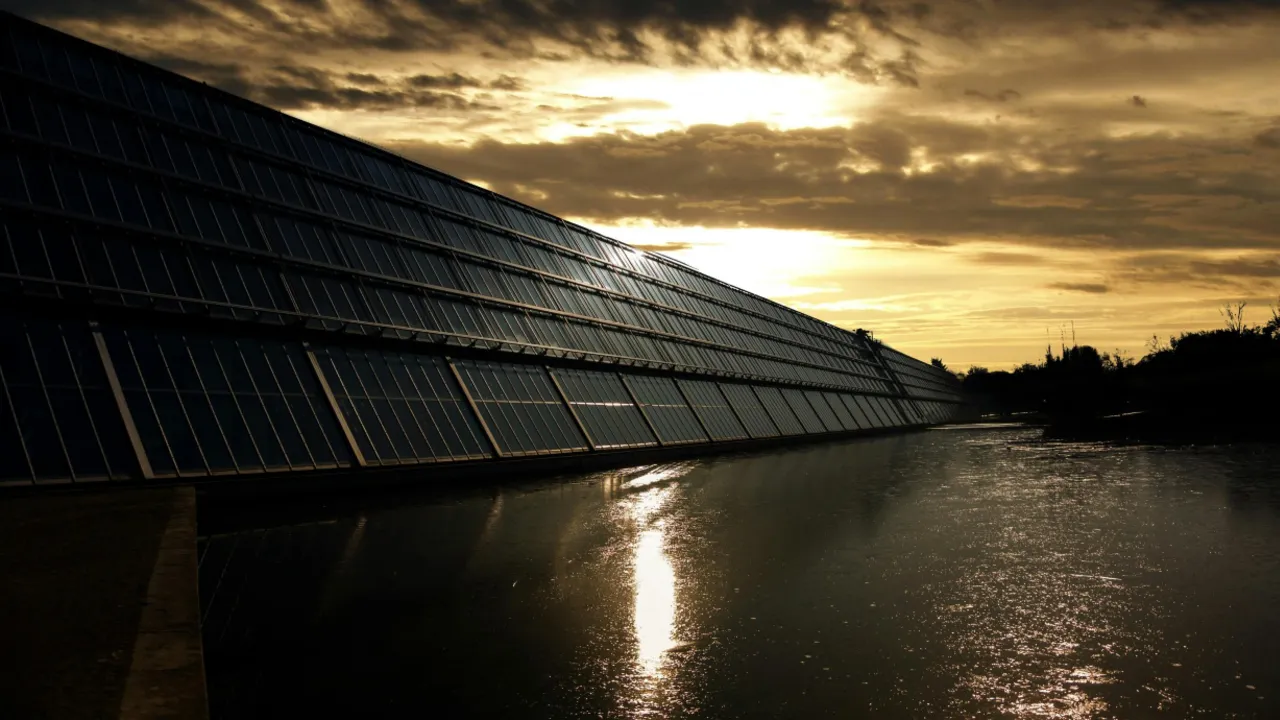
Solar Panel Subsidy in Rajasthan
-

Importance of solar energy
-

Types of Solar Energy Collectors
-

Future of Solar Energy in India
-
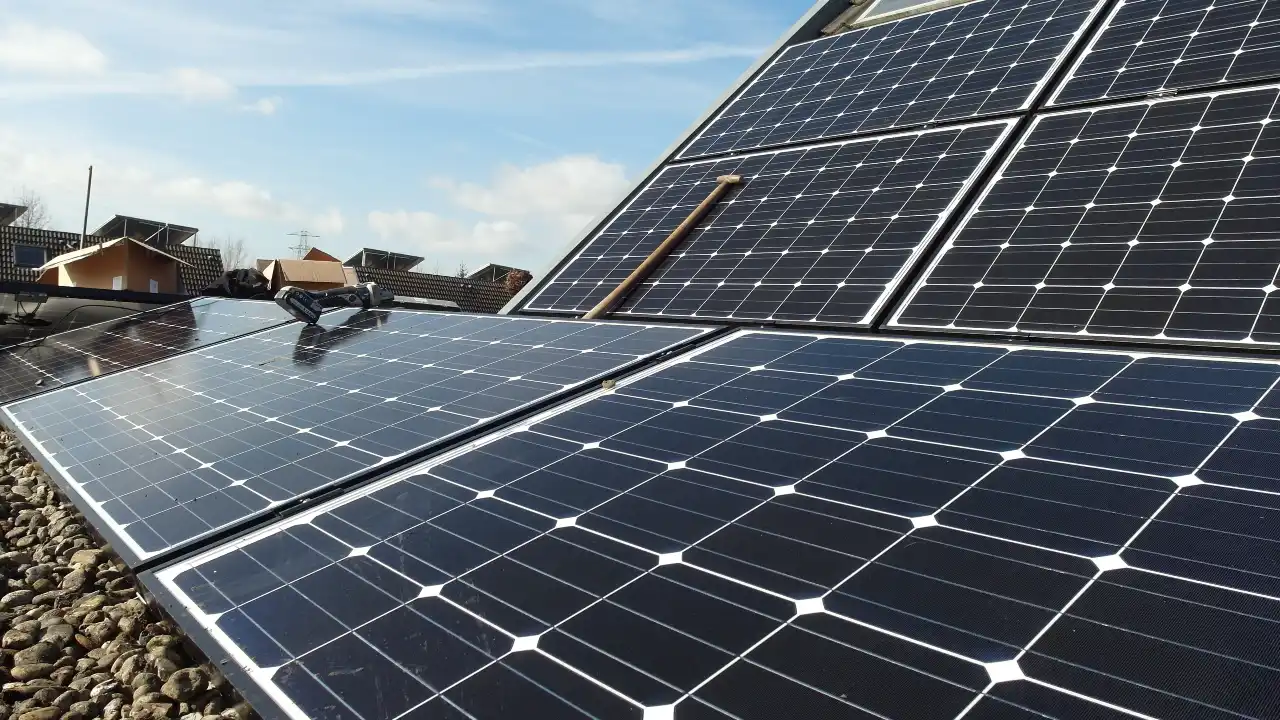
Methodology of Solar Energy
-
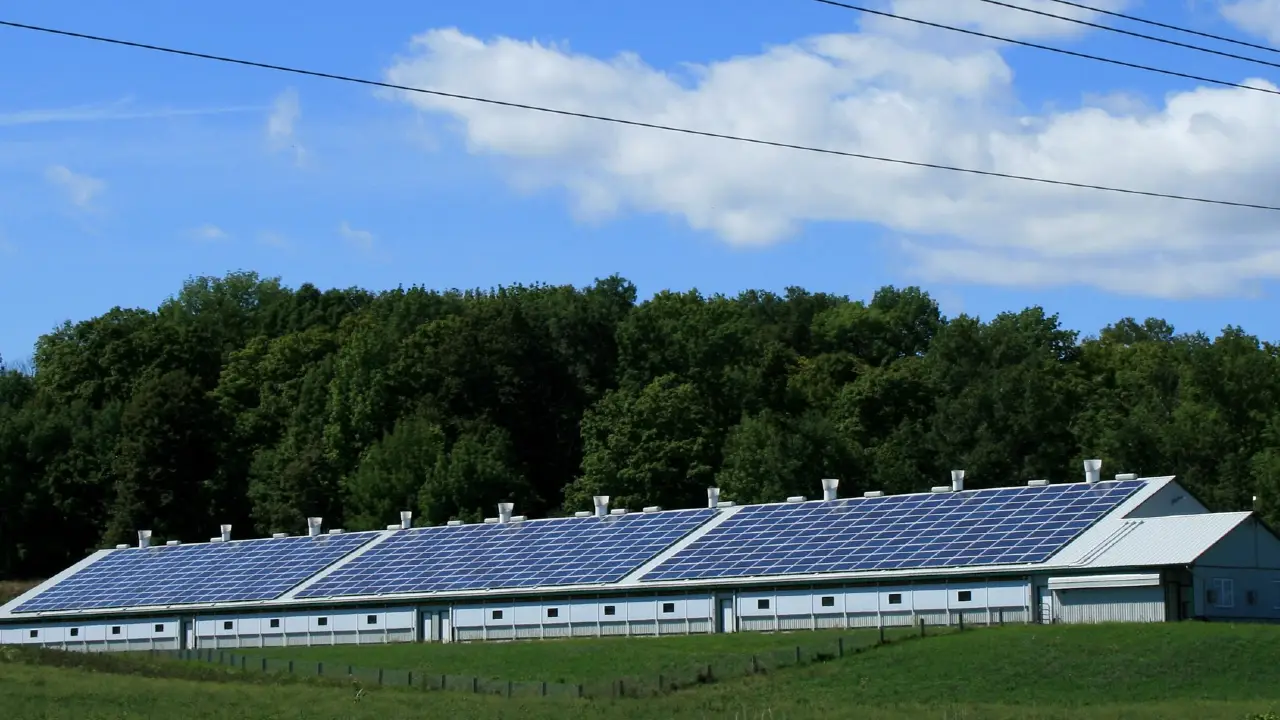
Objectives of Solar Energy
-
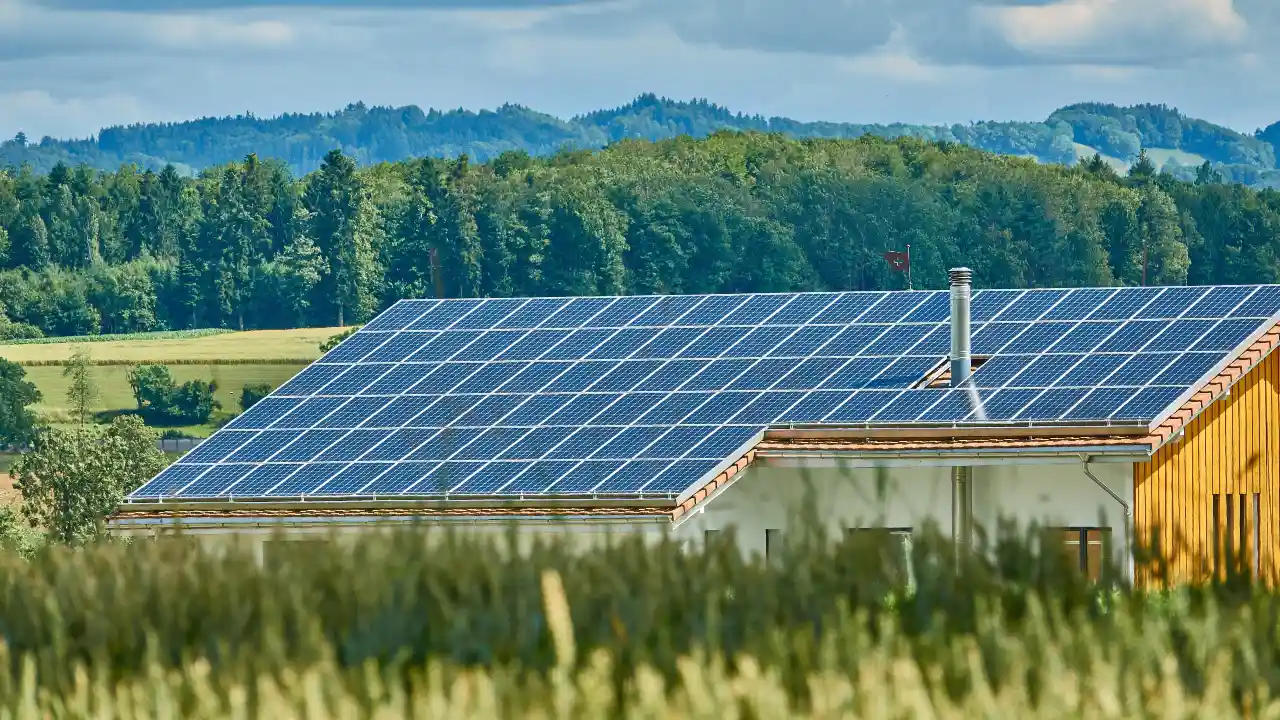
How to Read Solar Power Meter?
-
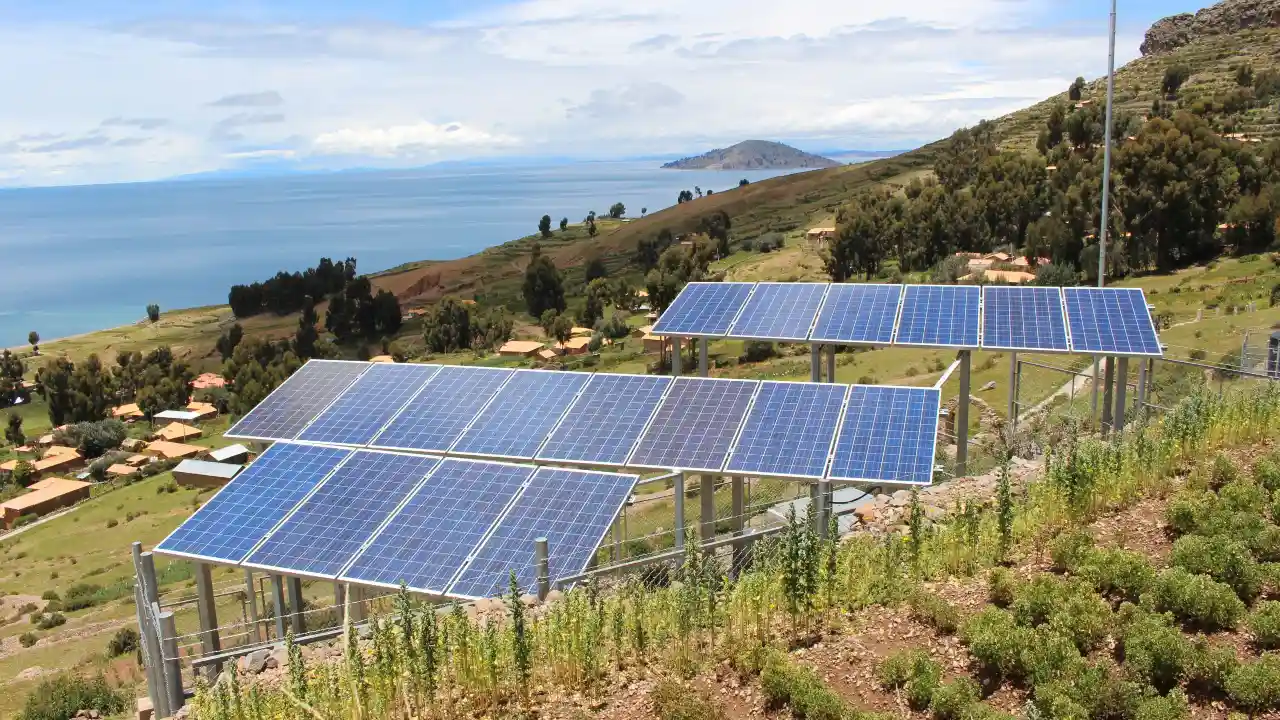
What is Solar Panel Maintenance Cost?